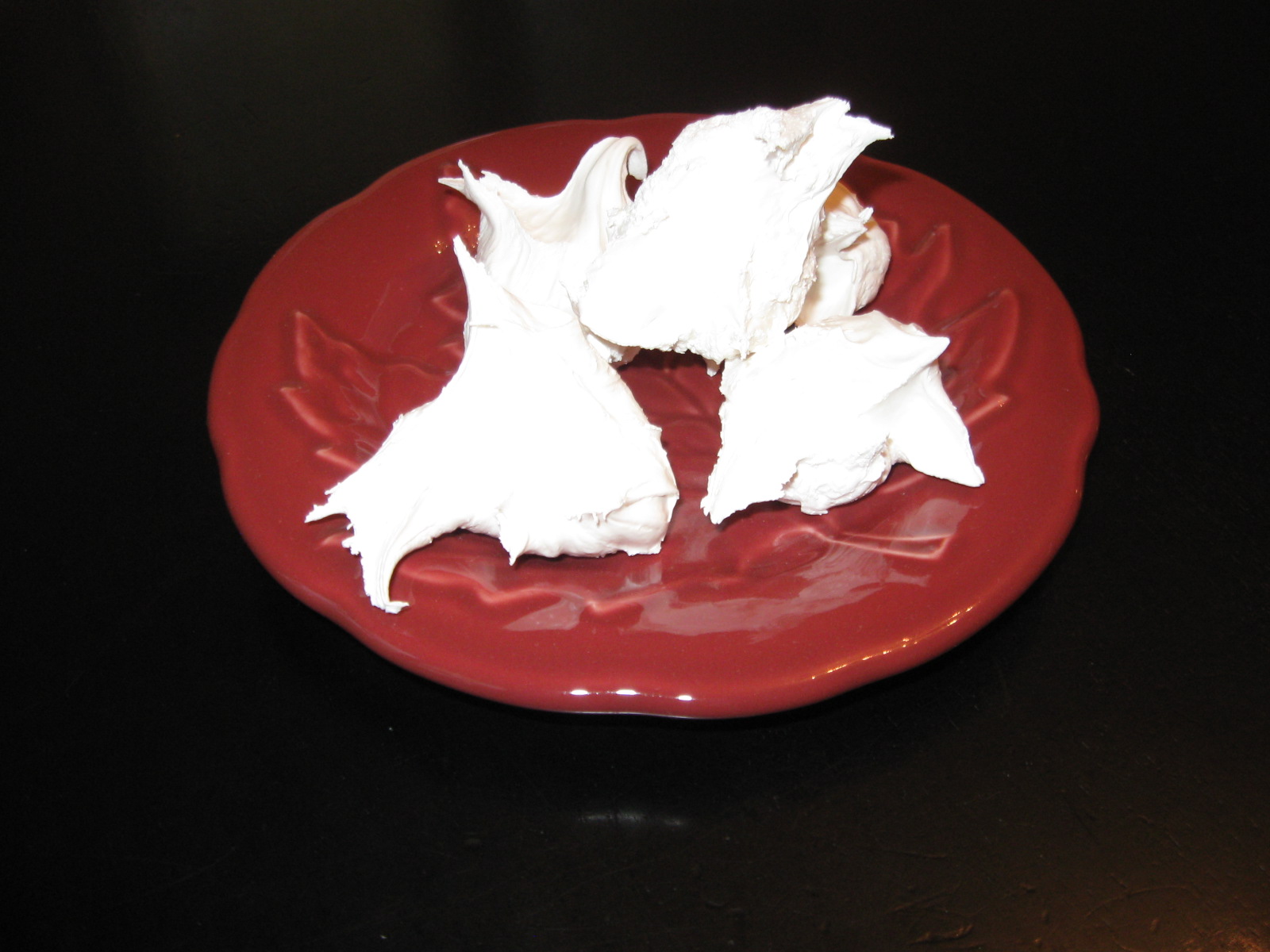Things to do on the homestead when I retire
Aside from the normal day-to-day life maintenance things we all have to do, and the extra tasks of managing the homestead; garden, animals, trees, water collection, firewood procurement, we plan on leading a life rich with adventurous projects and time-consuming activities. Among them are the practical applications such as welding and blacksmithing, and vehicle maintenance. But there are others, such as learning how to make a timber frame home, fully restoring a WWII Clark Airborne Bulldozer, learning glass blowing, brick making, sculpting and a host of other things.
Practical
There are certain skills that are a necessity on the homestead. The ability to fashion basic implements, and the ability to repair them are very important skills to acquire. An ample supply of stock metal, a small forge, the implements to use them, and some basic welding equipment seem like necessities. Granted, I know next to nothing about any of that sort of thing, as far as any practical experience is concerned. In fact, my son, who has taken a basic blacksmithing class for a Boy Scout Merit Badge will be the journeyman and I the apprentice. I have never held a welding torch and have only engaged in conversations about it. Despite these shortcomings, I am confident of two things; I will find someone near our homestead that will help me to learn, and I will one day be able to fashion and repair metal objects that are of use on the homestead. In time, rather than just bending and fixing a broken piece of metal, my hope is that my boys and I will turn out hand-hammered hardware for handmade wooden doors. The wood will be custom fit and hand engraved to mold into the theme of the home, and the hinges, and hardware will be made to match the theme as well.
Our hope is that the wood we use will be harvested from the forest, hauled to our homestead and rough cut for drying and later use. The notion of finding a slightly used portable sawmill is intriguing and practical. The addition of a few basic wood working tools will provide us the ability to build nearly every wooden object that we need. In time, the skills we acquire from working on small projects will provide us the basis for building timber frame cabins and barns. There are numerous courses where skilled artisans teach laymen the basics of fashioning the components of a timber frame home. We plan on taking one of the 5-day courses and then applying our newfound skills on our homestead.
Enjoyable
My boys and I recently purchased a WWII Clark Airborne Dozer. It was originally built by the Clark Tractor Company of Buchanan, Michigan for use by the Army Airborne Engineers. It was designed to be small and lightweight so that they could fit it into a CG-4A glider and tow it over a landing zone and deliver it right into the combat zone. Since I am writing a book on the 139th Airborne Engineer Battalion, who used such dozers, it seemed like a logical step to get one. Besides, as I told my wife, “It will be very practical on the homestead for moving around the mounds of chicken and cow manure that the homestead will be producing!” You can follow my progress on the restoration and quest for replacement parts at the following threads: http://www.g503.com/forums/viewtopic.php?f=24&t=194152 and http://www.g503.com/forums/viewtopic.php?f=24&t=193653. My posts are under the forum name 17thairborne.
Other hobbies such as glass blowing, sculpting, carving, brick making, beer making, wine making, ammunition reloading are primarily geared toward enjoyment, but also have a practical side. Each of the hobbies could conceivably provide a business in itself for any of the family members, particularly the boys. Besides, what could be finer than sampling your homemade beer and shooting at the vultures overhead with ammo you personally reloaded (just kidding). These are but a few of the things that we desire to pursue on the homestead.
Why
I am tired of sitting in an office, behind a computer, going to endless meetings about nothing whose purpose is to validate a self-sustaining bureaucratic machine that thrives off itself and produces more volumes of administrative requirements to sustain itself in an endlessly growing cycle of waste. I am not against efficiency or the need for administrative processes; I’m just not well suited to negotiate within them, especially when the growth of the paperless office requires reams of paper to prove how efficient it is. When I was on the flightline or in a jet on the range or over some endless mass of sand and rock, I was at more at peace. I like to do things, to make things, to build and to fix. Heating and hammering metal into an object…that has got to be satisfying. Not to mention, a good work out. Taking a 16 foot, 32” diameter tree and turning it into a true, well fitting and perfectly mortised and tenoned component of a house frame has got to feel good.




